Featured In NY Times
A Glimpse Inside the Workshops of the World’s Finest Panama Hat Makers
At the onset of the coronavirus pandemic, with travel restrictions in place worldwide, we launched a new series — The World Through a Lens — in which photojournalists help transport you, virtually, to some of our planet’s most beautiful and intriguing places. This week, Roff Smith shares a collection of photographs from the workshops of hat artisans in Ecuador.
Creamy as silk, costlier by weight than gold, the color of fine old ivory, a Montecristi superfino Panama hat is as much a work of art as it is of fashion. The finest specimens have more than 4,000 weaves per square inch, a weave so fine it takes a jeweler’s loupe to count the rows. And every single one of those weaves is done by hand. No loom is used — only dexterous fingers, sharp eyes and Zen-like concentration.
“You cannot allow your mind to wander even for a second,” says Simón Espinal, a modest, soft-spoken man who is regarded by his peers as the greatest living weaver of Panama hats, possibly the greatest ever. “When you are weaving it is just you and the straw.”
 Simón Espinal examines the weave on one of his masterpiece hats.
Simón Espinal examines the weave on one of his masterpiece hats.
 Mr. Espinal holds one of the slender straws which he will weave into a Panama hat worth more than
its
weight in gold.
Mr. Espinal holds one of the slender straws which he will weave into a Panama hat worth more than
its
weight in gold.
 Mr. Espinal, 52, is widely regarded as the greatest living Panama hat weaver.
Mr. Espinal, 52, is widely regarded as the greatest living Panama hat weaver.
Mr. Espinal’s hats average around 3,000 weaves per square inch — a fineness few weavers have ever even approached. His best has just over 4,200 weaves per square inch and took him five months to weave.
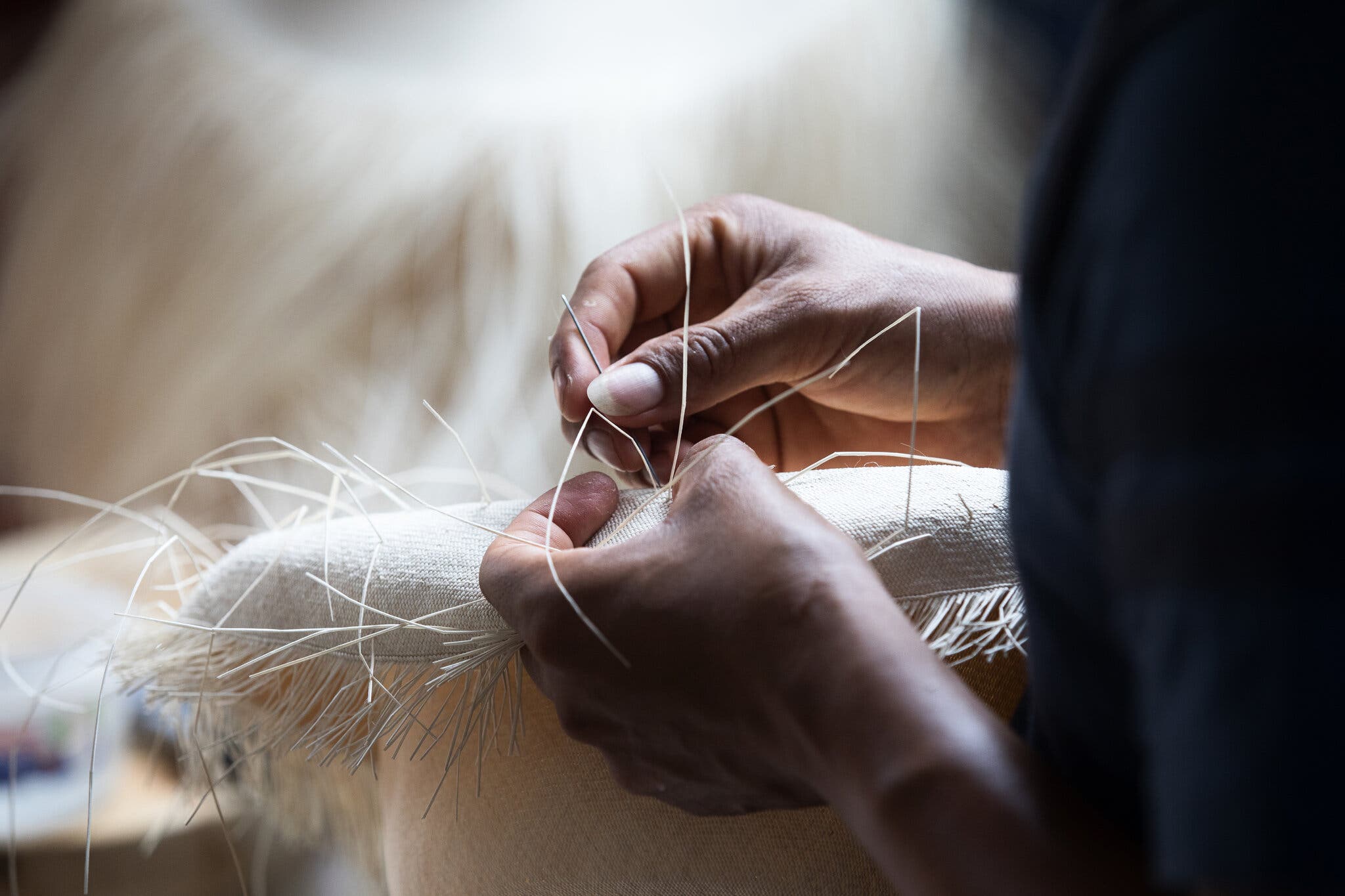 Gabriel Lucas replaces a straw in a Panama hat at his workshop in Montecristi.
Gabriel Lucas replaces a straw in a Panama hat at his workshop in Montecristi.
The 52-year-old Ecuadorean is one of a dwindling number of elite Panama hat weavers, nearly all of whom live in Pile, an obscure village tucked away in the foothills behind Montecristi, a low-slung town about 100 miles up the coast from Guayaquil.
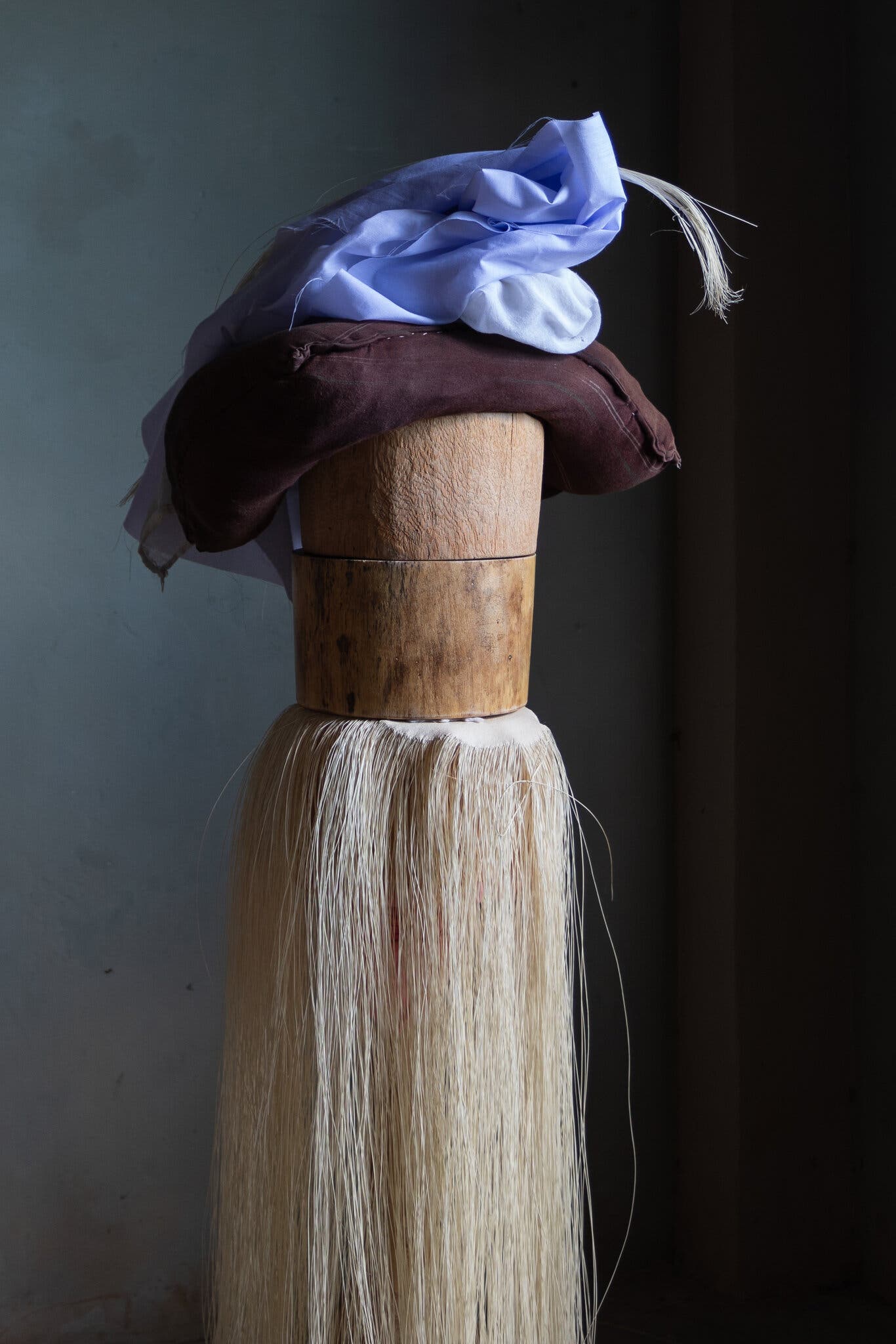 A superfino hat in the process of being woven.
A superfino hat in the process of being woven.
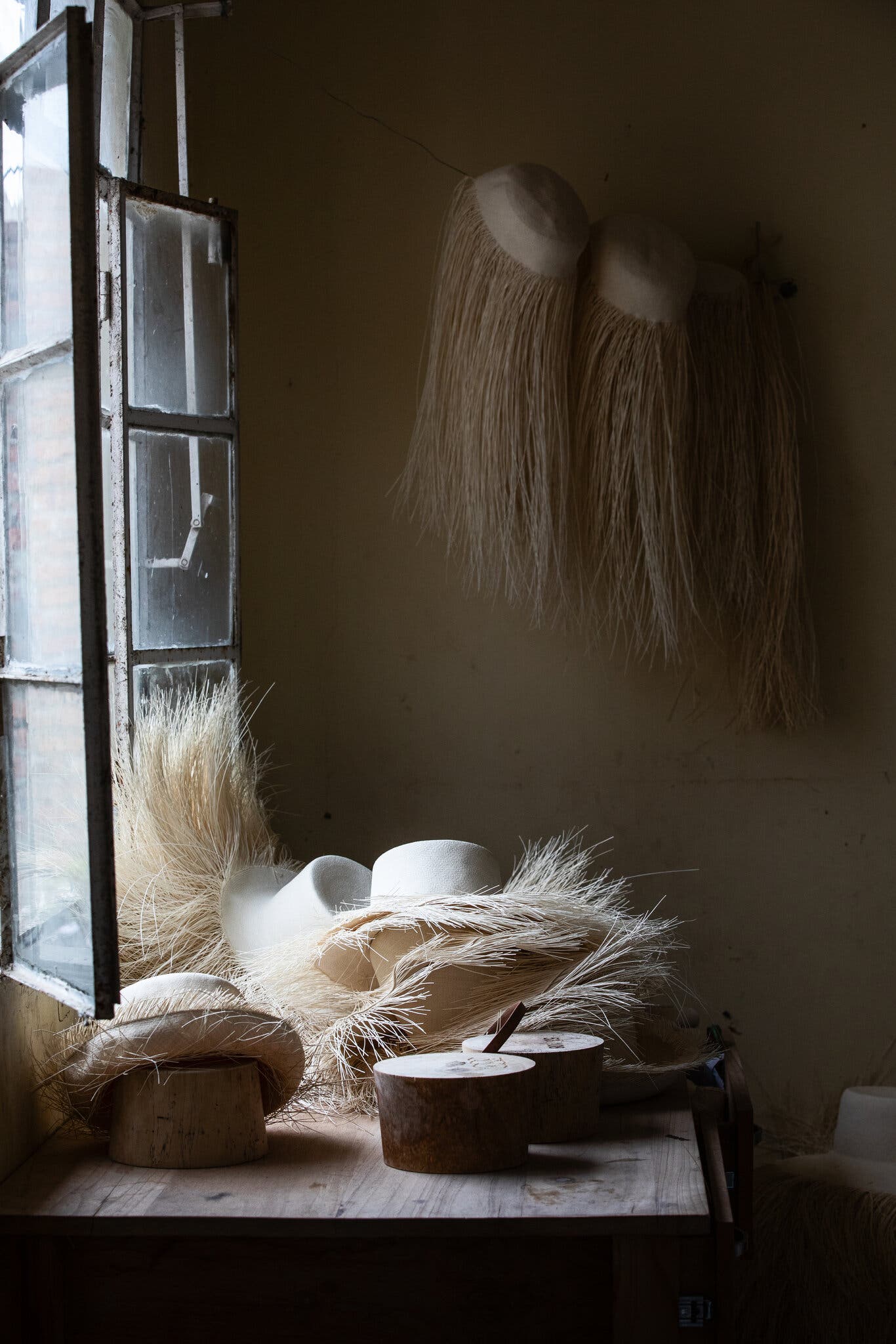 The workshop of Gabriel Lucas, one of the great finishing artisans in Montecristi.
The workshop of Gabriel Lucas, one of the great finishing artisans in Montecristi.
I became interested in the hats about 15 years ago, quite by accident, when I read about straw hats that could cost thousands of dollars. Intrigued, I began researching the hats, made a trip to Ecuador — where all true Panama hats are woven — and discovered this curious, and gently anachronistic world of the hat weavers of Montecristi.
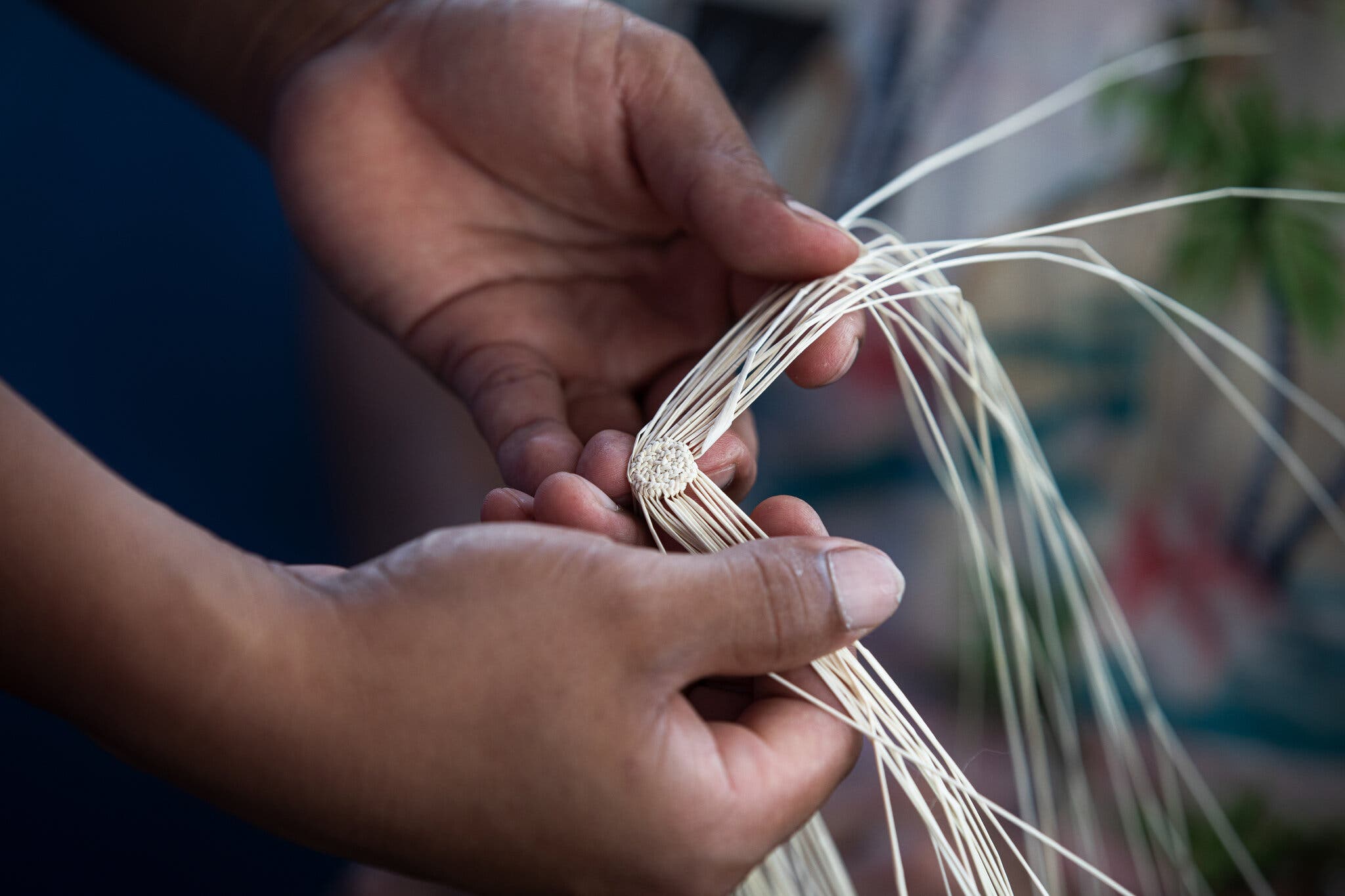 Patricia Lopez displays the beginnings of a Panama hat.
Patricia Lopez displays the beginnings of a Panama hat.
Although the weaver is the star of the show, the making of a Montecristi is a collaborative art. After the weaver has finished his or her part, the raw hat body passes through the hands of a tag-team of specialist artisans whose titles — the rematador, the cortador, the apaleador and the planchador — lend the making of a Montecristi Panama hat something of the hot-blooded formality of the bullring. (The term rematador is drawn directly from bullfighting: There, it is the finisher, one who “performs some act that will provide an emotional or artistic climax,” as Hemingway describes it in “Death in the Afternoon.”)
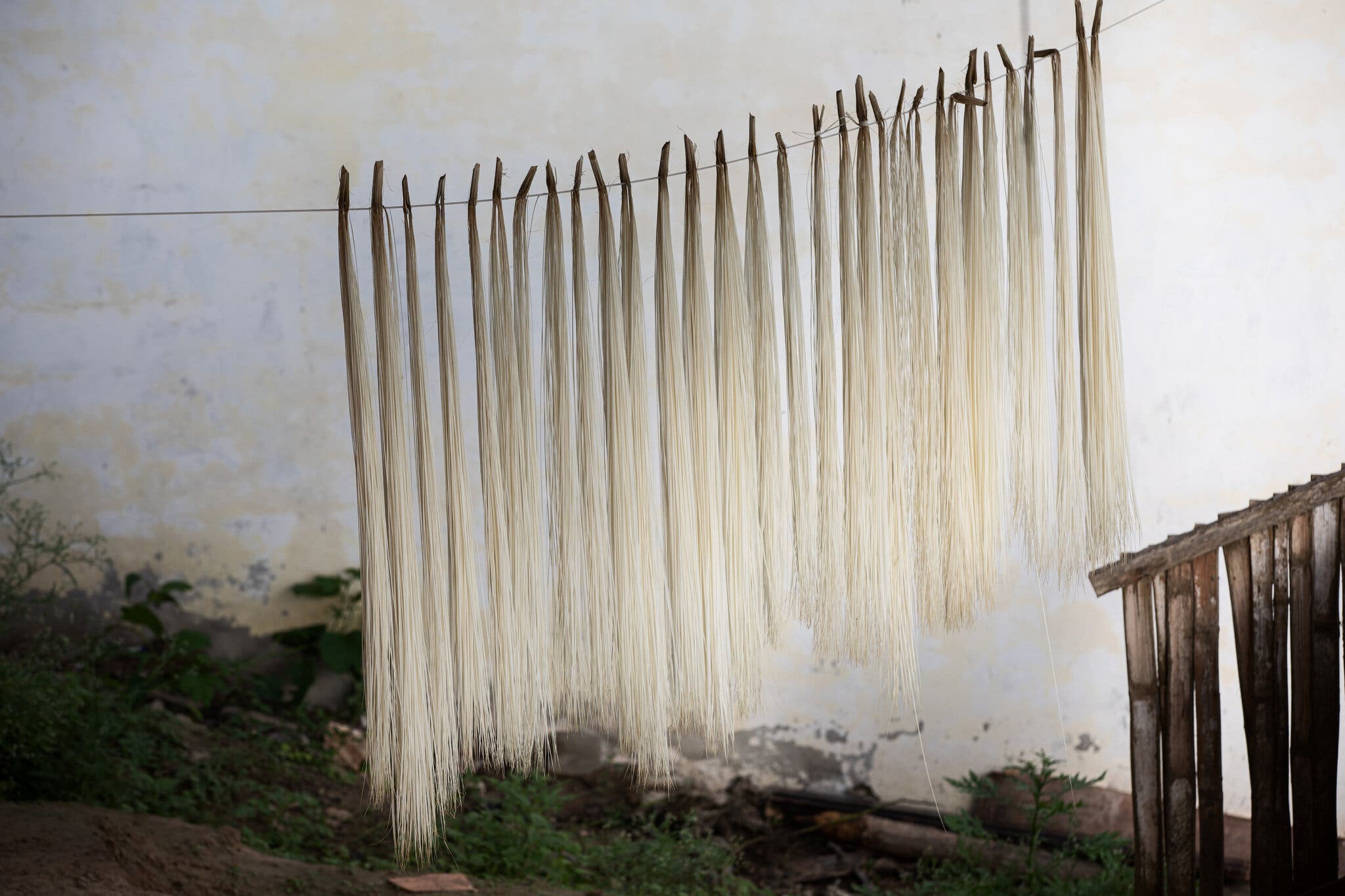 Straw hanging out to dry. To prepare it for weaving, the straw is lightly boiled for about a
minute, and is then allowed
to dry overnight in the open air.
Straw hanging out to dry. To prepare it for weaving, the straw is lightly boiled for about a
minute, and is then allowed
to dry overnight in the open air.
In Montecristi, the rematador is the specialist weaver who performs the complicated back weave to seal the brim, thereby bringing to an artistic close the weaving phase of the hat’s creation. After that, the excess straw is trimmed away by the cortador, who then gives the hat the closest of shaves with a razor blade to trim away any burrs in the straw.
“Sometimes, when I am cortador-ing, I come across a straw that has become discolored or has not been woven correctly,” says Gabriel Lucas, one of Montecristi’s top finishing artisans, as he performs a delicate operation on a fine hat that will be worth thousands when it is finished. “We call these hijos perdidos — the lost straws. I have to carefully cut them out and weave in a new straw to replace it.”
 One of the jobs of the finishing artisans is to inspect the hat for any miswoven or discolored
straws. If found, they
are cut out and replaced.
One of the jobs of the finishing artisans is to inspect the hat for any miswoven or discolored
straws. If found, they
are cut out and replaced.
 The cortador trims the excess straw from the newly woven hat body, then gives it the finest of
shaves with a razor blade
to trim away any prickly bits. Here, the 34-year-old artisan Gabriel Lucas performs the task at his
workshop in
Montecristi.
The cortador trims the excess straw from the newly woven hat body, then gives it the finest of
shaves with a razor blade
to trim away any prickly bits. Here, the 34-year-old artisan Gabriel Lucas performs the task at his
workshop in
Montecristi.
After it has been properly barbered, the hat is pounded with a hardwood mallet by the apaleador to help bed the fibers, then briskly ironed by the planchador to give it the right amount of stiffness in preparation for the final stage: blocking, or the sculpting by hand of the unformed hat into its recognizable styles: fedora, optimo, plantation.
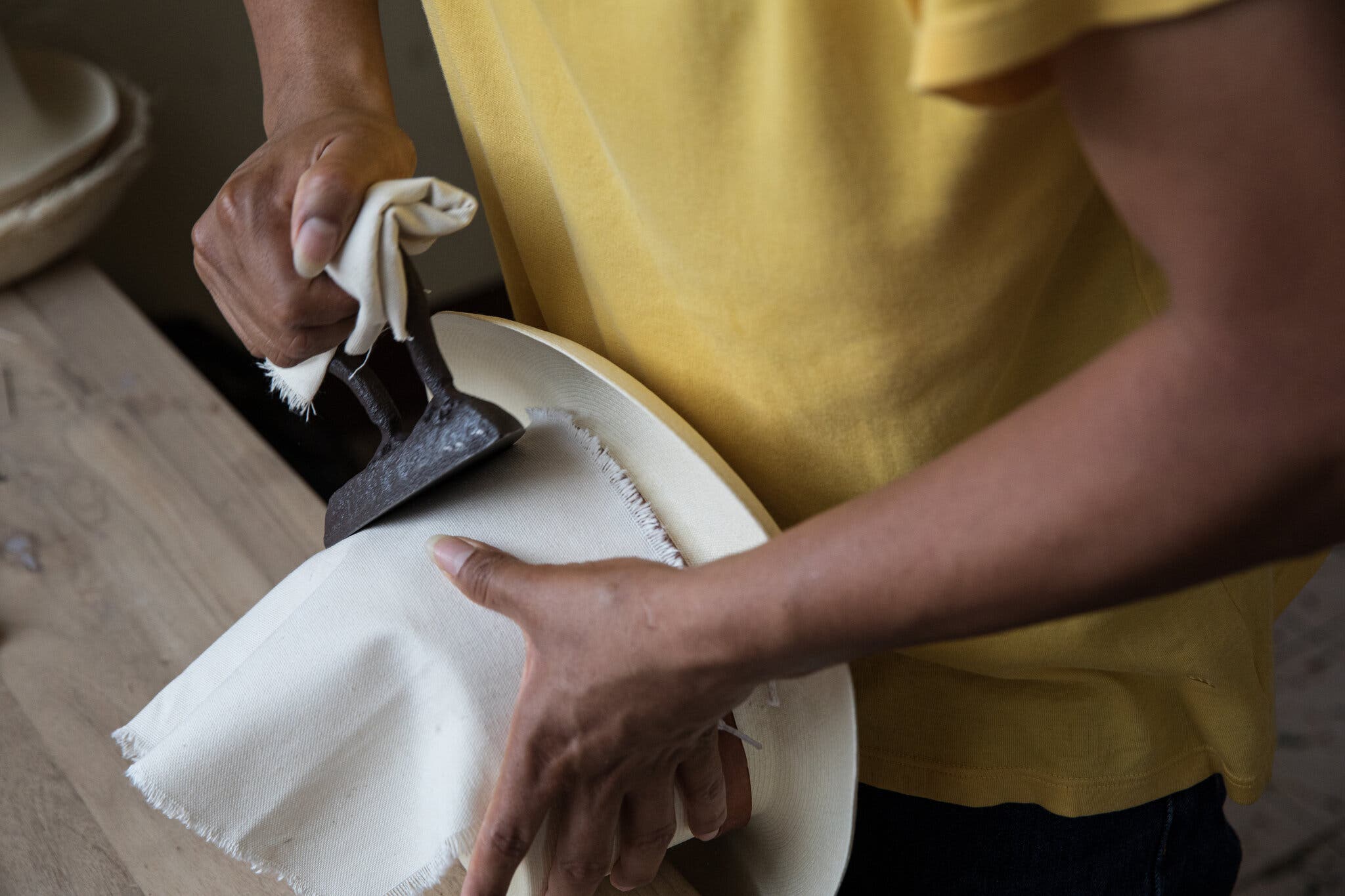 Gabriel Lucas firmly irons a hat to help the straw hold its structure.
Gabriel Lucas firmly irons a hat to help the straw hold its structure.
Panama hats are uniquely Ecuadorean, despite their curious misnomer. The term “Panama hat” has been in use since at least the 1830s, and came about because the hats were often sold in trading posts on the Isthmus of Panama, which was a shipping crossroads long before the canal was built. The name was popularized during the California gold rush, when tens of thousands of prospectors passed through Panama on their way to the diggings, many of them picking up a hat along the way.
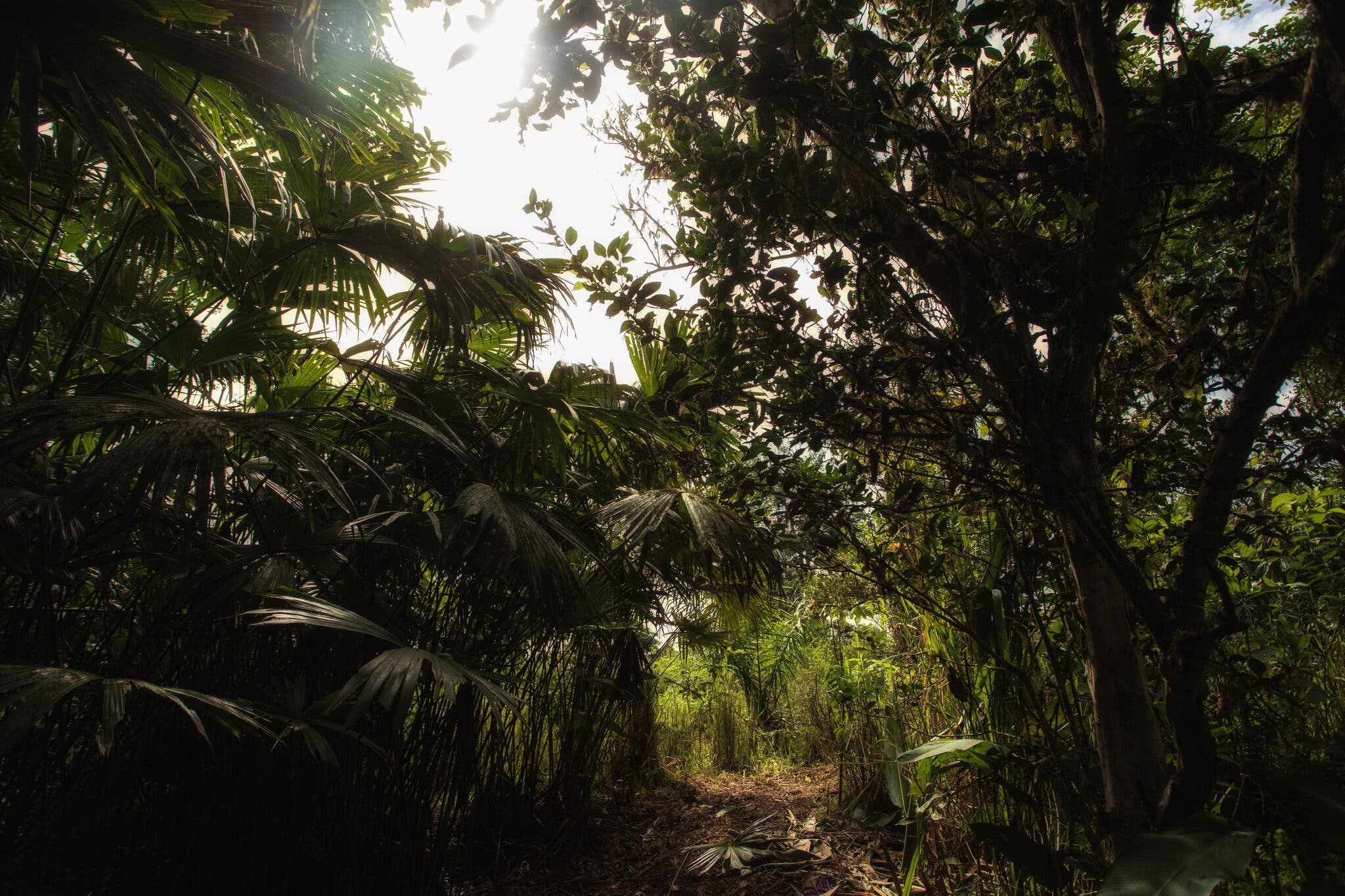 Panama hats are woven from the fibers of the toquilla palm — Carludovica palmata.
Panama hats are woven from the fibers of the toquilla palm — Carludovica palmata.
 Immature shoots of the toquilla palm are shucked, and the fettuccini-like fibers are split again
and again to make the
fine straw required for a beautiful hat.
Immature shoots of the toquilla palm are shucked, and the fettuccini-like fibers are split again
and again to make the
fine straw required for a beautiful hat.
Panama hats became even more firmly fixed in the popular imagination after the Paris Exposition in 1855, when a Frenchman who had been living in Panama presented Napoleon III with a finely woven hat. His Highness loved the hat and wore it everywhere.
Then, as now, celebrities set the tone in the fashion stakes, and nobody was more A-list than the Emperor of France. Silky fine Panama hats for spring and summer became de rigueur among the rich and famous. King Edward VII is said to have instructed his hatter to spare no expense but get him the finest Panama available. Fabulous sums were paid by him and others for the best hats. A Talk of The Town article in The New Yorker from July 1930 describes a $1,000 Panama — around $16,000 today — on display at Dobbs hat store in the city. Florenz Ziegfeld was discussed as a likely buyer.
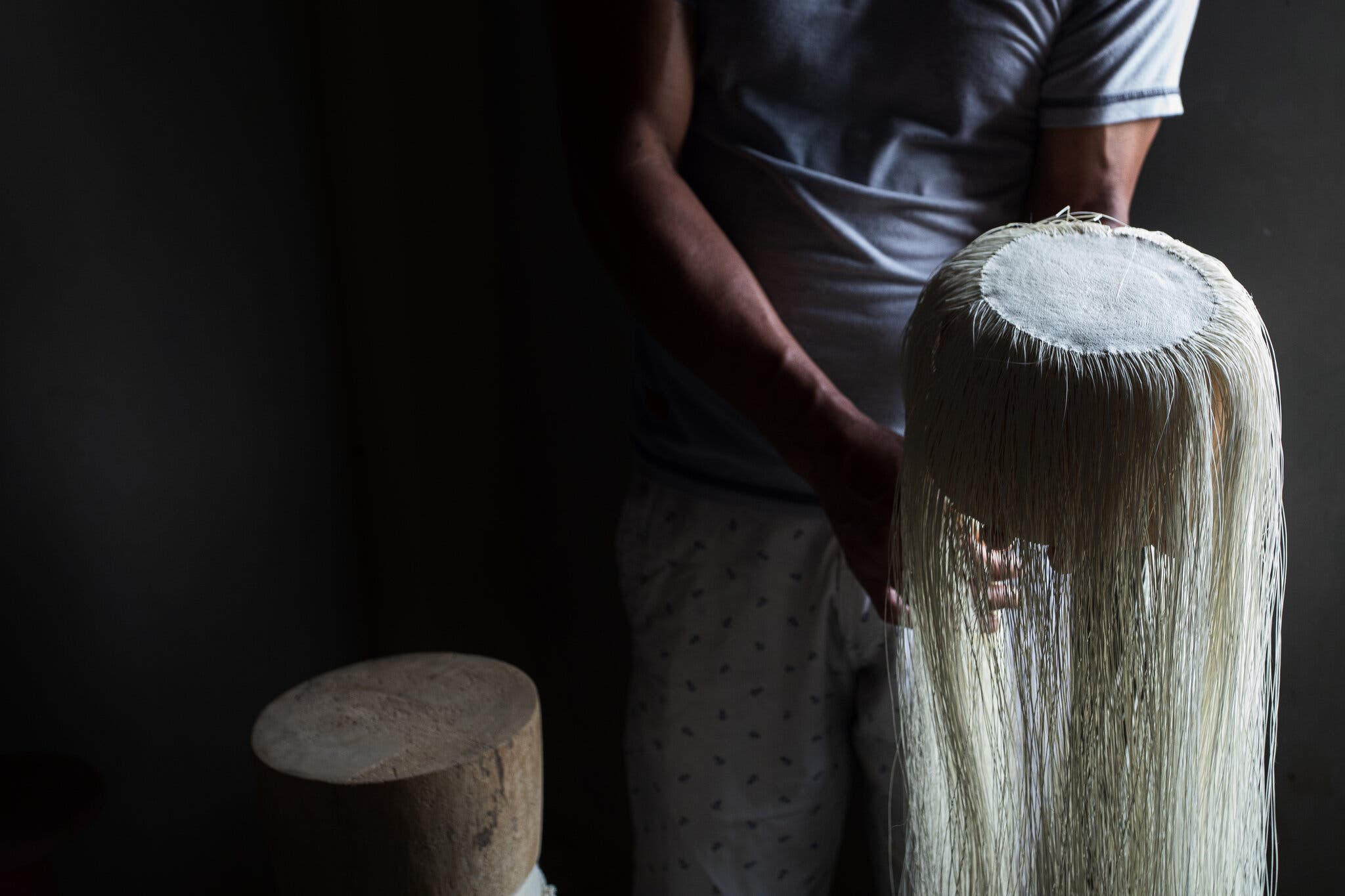 The top of a Panama hat is called the plantilla — this one woven by Mr. Espinal.
The top of a Panama hat is called the plantilla — this one woven by Mr. Espinal.
These days, the overwhelming majority of Panama hats are woven in Cuenca, an attractive town in the Andes whose residents, prompted by the local government, turned to hat weaving in the mid 1800s, once Panama hats became popular. These are the hats you find in department stores and most hat shops. Nice hats, they are woven in a light, simple “brisa” weave, which can be turned out swiftly and in commercial quantities.
Montecristi, on the other hand, is the seat of the art. Locals have been weaving fine hats out of the fibers of the toquilla palm for centuries. Here, hat making has remained a cottage industry, the weavers gathering and preparing their own straw as they have for generations, weaving their hats in their artistic and time-consuming “liso” weave, a pretty herringbone style.
 Mr. Espinal focuses on keeping straight the countless strands of straw as he weaves another of
his masterpiece hats.
Mr. Espinal focuses on keeping straight the countless strands of straw as he weaves another of
his masterpiece hats.
Their output is necessarily small, and that of the elite weavers in Pile smaller still. In a good year, Simón Espinal might make three hats.
Lately the government has been urging the weavers in Pile to become more commercial, to abandon the old ways, not to weave such fine hats — but they’ve refused. “This,” says Simón Espinal, “is a gift from God.”
Text and photos © 1988-2022, B. Brent Black. All rights reserved.
100% Secure Shopping









































